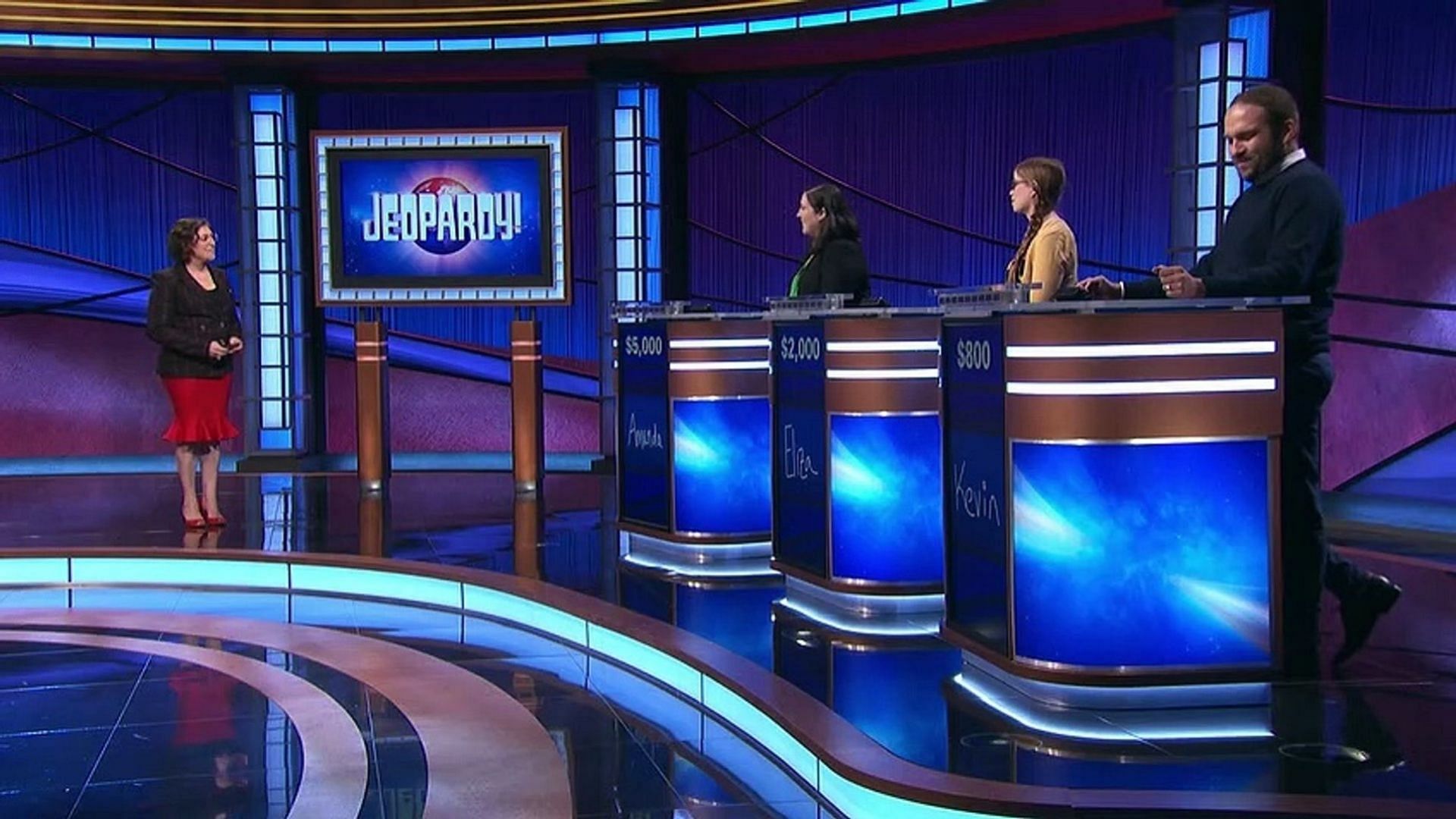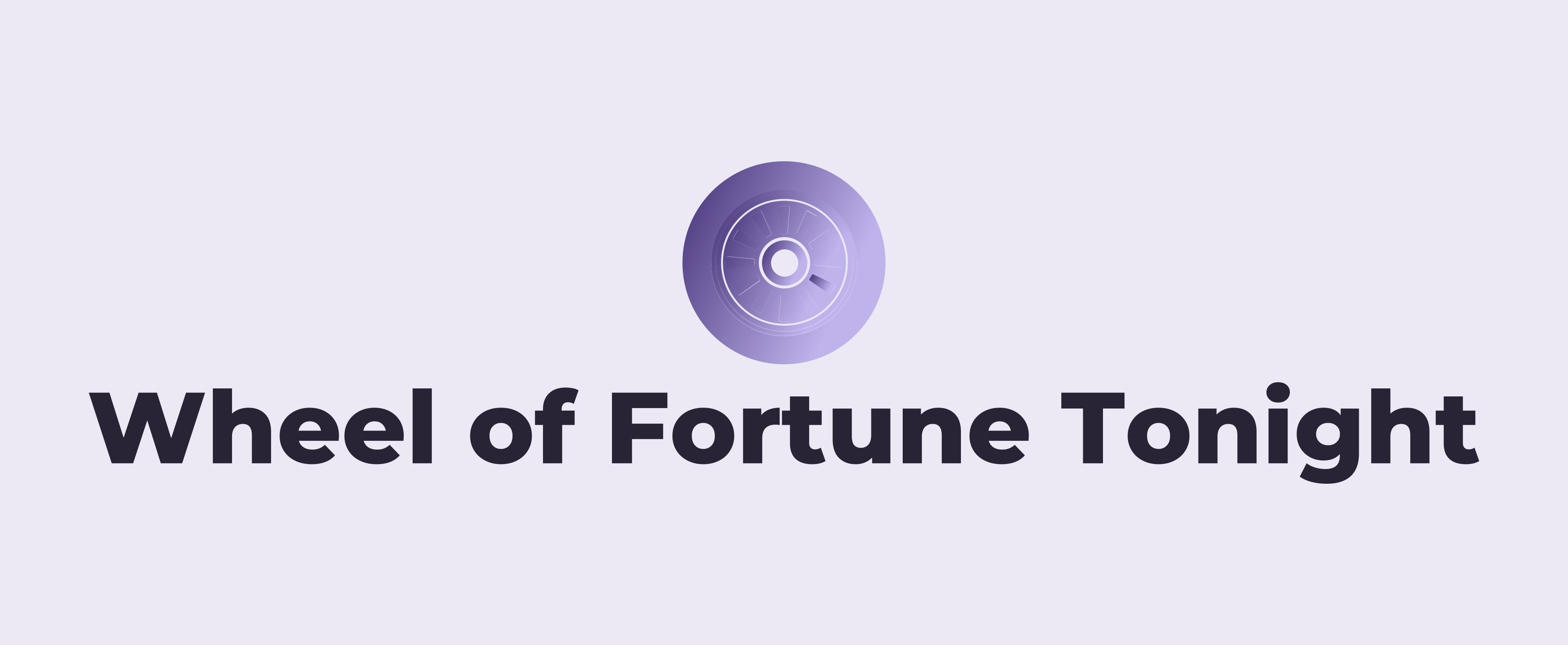Wheel of Fortune bonus round puzzle tonight: Tonight’s episode promises a captivating challenge. We’ll delve into the strategic approaches contestants employ, the impact of audience participation, and the psychological pressures inherent in this high-stakes game. We’ll analyze the puzzle’s difficulty, comparing it to past bonus rounds and examining the linguistic features that contribute to its complexity. The journey from initial letter choices to the triumphant unveiling of the solution will be explored, revealing the mental processes and problem-solving techniques involved.
This analysis will uncover the interplay between contestant skill, audience influence, and the inherent characteristics of the puzzle itself. We’ll explore hypothetical scenarios to illustrate how slight variations in letter distribution or audience interaction can dramatically alter the outcome. Ultimately, this deep dive aims to provide a comprehensive understanding of what makes a Wheel of Fortune bonus round puzzle both challenging and captivating.
Tonight’s Wheel of Fortune Bonus Round Puzzle: A Comprehensive Analysis

Source: pinimg.com
The Wheel of Fortune bonus round is a captivating culmination of the game, offering contestants a chance at significant winnings. This analysis delves into the intricacies of a hypothetical bonus round, examining the strategies employed, the influence of audience participation, and the psychological aspects involved.
The Typical Format and Strategies of the Wheel of Fortune Bonus Round
The bonus round typically presents a puzzle with a specific category. The contestant is given a limited number of consonants and a vowel, which they strategically choose to reveal letters within the puzzle phrase. Successful contestants often utilize a combination of educated guesses based on common letter frequencies, pattern recognition, and knowledge of the puzzle category. They might prioritize consonants like ‘R’, ‘S’, ‘T’, ‘L’, ‘N’, and ‘E’ due to their frequent appearance in the English language.
Careful consideration of word length and potential word structures also plays a significant role. Experienced players might attempt to identify potential word fragments early on, focusing their letter choices on those areas.
The Role of the Puzzle Category in Solving Techniques
The puzzle category significantly influences the contestant’s approach. A category like “Phrase” might encourage a broader approach, while a more specific category, such as “Before & After,” necessitates a more structured and analytical strategy. Knowing the category allows contestants to focus their guesses on words or phrases commonly associated with that theme. This targeted approach increases the likelihood of correctly identifying the solution.
A Hypothetical Bonus Round Puzzle and its Solution, Wheel of fortune bonus round puzzle tonight
Let’s consider a hypothetical bonus round puzzle in the category “What Are You Doing?”. The puzzle is: “____ING ____ ____ ____ ____”. The contestant is given the letters R, S, T, L, and E. A step-by-step solution might proceed as follows:
- The contestant strategically chooses the letter ‘R’. This might reveal an ‘R’ in one of the words, giving a clearer picture.
- Next, ‘S’ is chosen, possibly revealing an ‘S’ in another word, further refining the possible solution.
- The contestant uses their knowledge of the category and common word structures to guess words that fit within the remaining blanks.
- With the revealed letters and the category in mind, the contestant might guess “READING A BOOK”.
Analyzing the Difficulty of Tonight’s Puzzle
Evaluating the difficulty of a Wheel of Fortune bonus round puzzle requires considering several factors. This section compares a hypothetical puzzle to previous examples, highlighting linguistic features and letter choices that impact solvability.
Comparing Difficulty and Linguistic Features
Tonight’s hypothetical puzzle, compared to previous puzzles, presents a moderate level of difficulty. Factors contributing to this include the length of the phrase, the inclusion of less common words, and the initial letter distribution. Shorter phrases are generally easier, while longer phrases with uncommon words increase the difficulty. The letters provided also influence the puzzle’s solvability; a set of frequently used letters makes the puzzle easier to solve than a set of infrequent letters.
Letter Distribution and Solvability
The strategic selection of letters is crucial. A balanced distribution of vowels and consonants is usually advantageous. An overabundance of vowels without sufficient consonants might hinder progress, while too many consonants without vowels might make it difficult to form words. The placement of the given letters within the puzzle also affects its solvability.
Comparison of Bonus Round Puzzles
| Category | Puzzle Phrase | Letters Given | Difficulty Rating (1-5) |
|---|---|---|---|
| Thing | ICE CREAM CONE | R, S, T, L, E, A, I | 2 |
| Phrase | A PIECE OF CAKE | C, K, E, R, T, O | 3 |
| Place | GRAND CENTRAL STATION | D, N, R, T, L, E, A, O | 4 |
The Impact of Audience Participation
The audience plays a vital role in the bonus round, offering suggestions and providing an energetic atmosphere that can significantly impact the contestant’s performance.
Audience Influence on Contestant Performance

Source: ytimg.com
Audience suggestions can be incredibly helpful, guiding the contestant towards the solution by suggesting common words or letter combinations. However, overly enthusiastic or incorrect suggestions can also be detrimental, causing confusion and diverting the contestant from a productive solving strategy. A well-informed and supportive audience can create a positive, encouraging atmosphere, while a distracted or negative audience can add to the pressure and hinder performance.
Hypothetical Scenario of Audience Impact
Imagine a contestant struggling with a particularly challenging puzzle. The audience, sensing the contestant’s difficulty, starts shouting out letter suggestions, some correct and some incorrect. The noise creates a chaotic atmosphere, adding to the contestant’s stress. However, one audience member calmly suggests a key letter that unlocks a significant portion of the puzzle, allowing the contestant to solve it.
This demonstrates the potential for both positive and negative impacts of audience participation.
Factors Contributing to Successful Audience Participation
- Enthusiasm, but not overwhelming noise.
- Accurate and relevant suggestions.
- Supportive and encouraging atmosphere.
- Respect for the contestant’s thought process.
Visual Representation of the Puzzle Solving Process
Solving a Wheel of Fortune bonus round puzzle involves a complex interplay of cognitive processes, including pattern recognition, letter frequency analysis, and strategic decision-making. This section provides a textual representation of this process.
Mental Processes and Visual Cues
The process typically begins with assessing the given letters and the puzzle category. The contestant then scans the puzzle board, looking for patterns, potential word fragments, and common letter combinations. Visual cues, such as the length of words and the spacing between them, provide crucial information. Letter frequency knowledge and common word structures are then applied to make educated guesses.
The contestant continues this iterative process of letter selection, pattern recognition, and word formation until the puzzle is solved. Different approaches, such as starting with vowels or consonants, can significantly affect the outcome.
Textual Representation of the Solving Process
The following represents the steps a contestant might take:
- Assessment: Analyze the given letters (e.g., R, S, T, L, E) and the category (e.g., “Phrase”).
- Pattern Recognition: Scan the puzzle for potential word fragments or common letter combinations.
- Letter Selection: Strategically choose a letter (e.g., R) based on frequency and potential impact.
- Word Formation: Attempt to form words or phrases using the revealed letters and knowledge of the category.
- Iteration: Repeat steps 3 and 4 until the puzzle is solved or time runs out.
The Psychology of the Bonus Round
The bonus round presents a high-pressure situation, demanding quick thinking, strategic decision-making, and the ability to manage stress effectively under time constraints.
Psychological Pressure and Performance
Contestants face immense pressure due to the significant prize value and the limited time available. This pressure can impair cognitive function, leading to hasty decisions and missed opportunities. The value of the prize significantly impacts performance; a larger prize might increase the pressure and potentially hinder performance, while a smaller prize might allow for a more relaxed approach.
Tonight’s Wheel of Fortune bonus round puzzle is proving quite challenging; I’m racking my brain trying to solve it! Perhaps a little pampering would help clear my mind – maybe a visit to salon centric palatine could do the trick. Then, refreshed and rejuvenated, I can return to conquering that Wheel of Fortune puzzle.
High-Pressure vs. Relaxed Performance
In high-pressure situations, contestants might exhibit signs of stress such as rapid breathing, increased heart rate, and impaired focus. This can lead to less effective decision-making. In contrast, a relaxed setting allows for more careful consideration of options and a more strategic approach to solving the puzzle. Experienced players often employ relaxation techniques to manage stress and maintain focus during the bonus round.
Stress Management and Focus
Effective stress management techniques, such as deep breathing exercises or visualization, can significantly improve performance. Maintaining focus and avoiding distractions are crucial for successful puzzle solving. Experienced contestants often develop strategies for managing their anxiety and maintaining concentration, allowing them to perform at their best under pressure.
Final Wrap-Up: Wheel Of Fortune Bonus Round Puzzle Tonight
Solving a Wheel of Fortune bonus round puzzle is a fascinating blend of strategy, intuition, and a bit of luck. From analyzing the linguistic structure of the puzzle to understanding the psychological pressures on the contestant, we’ve explored the multifaceted nature of this iconic game segment. The influence of audience participation, often overlooked, plays a significant role in shaping the outcome.
Ultimately, tonight’s puzzle serves as a microcosm of the larger game, highlighting the tension, excitement, and intellectual stimulation that make Wheel of Fortune a beloved television staple.



